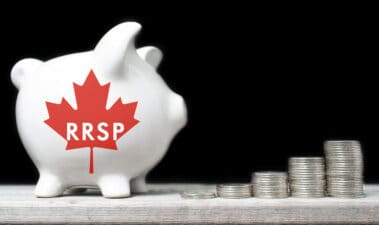The Canada Emergency Response Benefit (CERB) was put in place during the early stages of the COVID-19 pandemic in North America. Since March, Canadians have been able to collect payments if they’ve lost their jobs due to the pandemic. But some people have been receiving benefits even if they haven’t been eligible for it. And as of June 3, as many as 190,000 Canadians have already paid back benefits they weren’t eligible for.
The Canada Revenue Agency (CRA) may also follow up with other recipients if it discovers they shouldn’t have received CERB payments.
There are two new changes to the CERB that the government announced this month related to the program.
CERB will be extended by eight weeks
Initially, the CERB was designed to last four months, or 16 weeks. But with the pandemic still nowhere near over, and some Canadians who applied early now maxing out on their benefits, the government has elected to extend CERB by another eight weeks. That means that rather than 16 weeks of payments, Canadians will receive payments covering 24 weeks. The extension means there’s another $4,000 in taxable benefits that’s available to eligible Canadians.
Attestation will be required
As of July 5, the CRA will also require recipients who apply for the extra CERB periods to sign an attestation that acknowledges the government wants them to find work.
On the Canada Emergency Student Benefit (CESB) website, it also states that the CRA “may ask you to provide information later to verify that you have been looking for work during the eligibility period(s) that you have applied for, so it is important to keep track of your ongoing job search activities.” This could be a sign that the CRA may be getting more serious about weeding out CERB and CESB applicants who aren’t interested in going back to work or finding a job.
Should you invest your CERB payment?
If you’re receiving CERB payments and have more cash than you need, investing the money in a stock can be a great way to build up your savings. For instance, investing in a blue-chip stock like Telus (TSX:T)(NYSE:TU) can give you a safe place to put your money right now. It’s not a volatile stock, and it can be a source of recurring cash flow for your portfolio.
The telecom stock currently pays investors a quarterly dividend of $0.29125. Annually, that means investors will be earning 5% if they were able to buy the stock at around $23. To put that into perspective, suppose you were to invest $10,000 into Telus. At a 5% payout, you’d be making $500 per year in dividend income. And if that investment is held within a Tax-Free Savings Account (TFSA), then that dividend income would also be tax-free.
It’s hard to go wrong with a stock like Telus, because it’s an industry leader and a company that’s a safe investment that you can just buy and forget about. Telus’s quarterly revenue over the past 10 quarters has been within a fairly snug range between $3.3 billion and $3.8 billion. And during that time, the company has normally produced a profit margin of at least 9%.
Whether you’re a long-term investor or just looking for a place to hold your money during the pandemic, investing in Telus is a great option.




